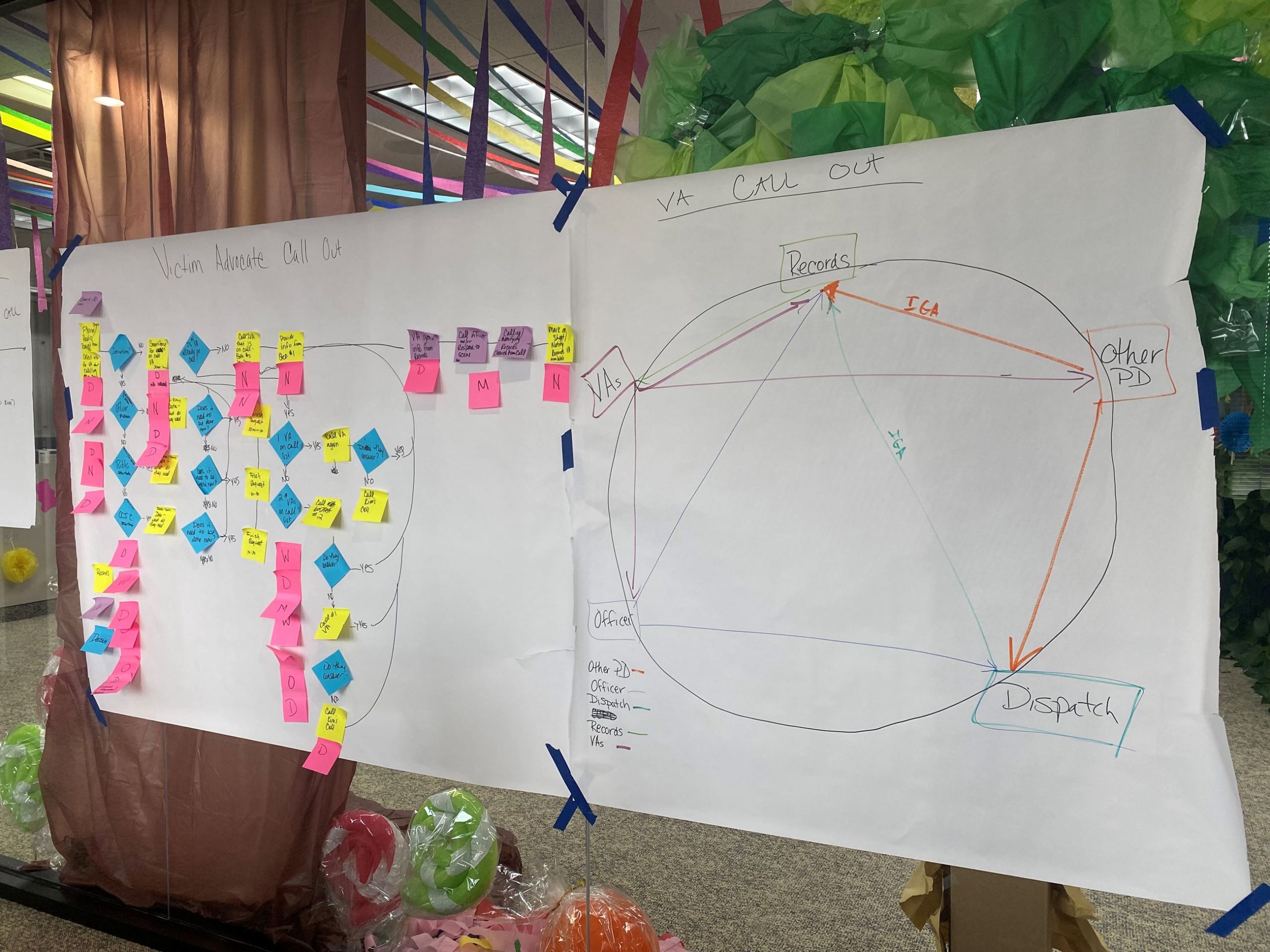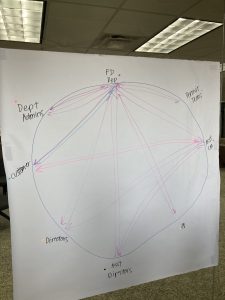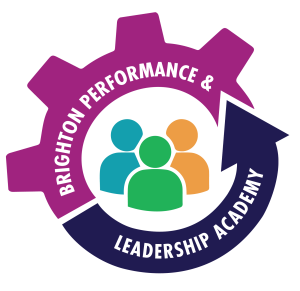
Today’s Morning Buzz is by Kayla Barber-Perrotta, Budget and Performance Manager at the City of Brighton, Colo. Connect on Linkedin.
What I’m reading: Power to the Public by Tara Dawson McGuinness and Hana Schank
What I’m watching: Medici the Magnificent
Who my pets are: Wiley (our cranky old man cat), Velvet (our diva black cat), Juliet (our loud basset/lab mix), and Ollie (the 100% silly beagle)
Many of us joined the local government profession because we love giving back to our community, and want to leave every program we touch better than how we inherited it. That drive and passion are powerful tools for change, but can often lead to the “world peace problem,” where we are assigned a project on Monday and expect ourselves to have ended all wars by Friday.
This leads us to focus on big, expensive solutions, and become frustrated when they do not pan out. This can be due to a lack of resources to even get off the ground, too many parties involved, or being sunk so deep into a solution that we feel we cannot redirect for fear of failure.

One of the key tenants of the Brighton Performance and Leadership Academy is the concept of continuous process improvement. Instead of starting with the world peace solution to a problem, we encourage our cohorts to dig deep into understanding their pain points and seek the opportunities that are within their control, so they can build capacity and trust for larger solutions. We provide them tools such as storyboarding, impact/effort matrixes, and PESTLE analysis (Political, Economic, Social, Technological, Legal, Environmental) to help identify a wide range of solutions, understand the lift in executing them, and develop mitigation strategies so they can choose their best course of action.
A fantastic example of this is a timesheet pain point. The world peace solution was entirely new software, but that was expensive and would impact every single department in the city. Instead, our employee chose a route in their control, which included how they split their positions. By consolidating positions, they were able to reduce their timesheet processing by one hour every pay period. At 26 pay periods per year, this was 26 hours that suddenly could be attributed to other needs, and significantly fewer errors and rework in the process. Other members of this department are now using this initial success to layer further consolidations and cleanup, which are projected to more than double that savings.
Another example is a response to communication pain points in our wastewater treatment plant. This is an operation that runs 24/7, so there is a lot of information that must be transmitted from shift to shift, including dosages, any issues, new requirements, etc. With so many shifts needing coverage, there is not an opportunity to have full team meetings regularly, and someone may come back in to a large number of emails with conflicting information reflecting changes over a series of days.
Initially, the employee thought the solution would require expensive software solutions, but after digging into their customer (employee) needs and engaging them in evaluating the pros and cons of several scenarios, they landed on a simple whiteboard. This board is in the main entry that every employee sees as they come in for the day. They brainstormed with their team all the regular information that needs to be conveyed from shift to shift and set a structure on the board for all of that key information to be reflected, as well as notes sections for any one-offs that may come up. Each shift must update that board at the end of their shift, so the next shift can immediately see what needs to be done and does not have to dig through multiple emails, messages, and other communications to be brought up to speed. This only saves 15 minutes per employee per shift, but with multiple employees on each shift and a 24/7 operation, this adds up to over 600 hours saved per year.
To date, our employees have used this continuous process improvement approach to implement 14 process improvements that are projected to yield over $135,000 in annual savings, including over 2,300 hours. These range from reducing the time needed to connect a victim of crime to resources, to more timely and accurate information conveyed to our residents via the front desk and City Hall main phone line, to reduced inspection times.
 You can visit our website to learn more about the Brighton Performance and Leadership Academy or connect with us at the upcoming ICMA Reimagined Conference in Oklahoma City, Okla. (Feb. 22-24), or the Colorado City & County Management Association Annual Conference in Glenwood Springs, Colo. (April 26-28).
You can visit our website to learn more about the Brighton Performance and Leadership Academy or connect with us at the upcoming ICMA Reimagined Conference in Oklahoma City, Okla. (Feb. 22-24), or the Colorado City & County Management Association Annual Conference in Glenwood Springs, Colo. (April 26-28).
